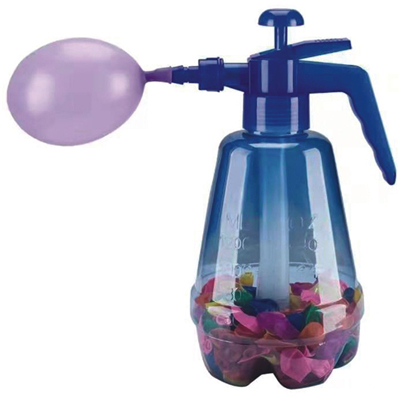Electrostatic sprayers are devices that use electrical charges to spray liquids, including disinfectants, pesticides, and other chemicals, onto surfaces. These sprayers are commonly used in industries such as agriculture, healthcare, and commercial cleaning. Here's how electrostatic sprayers work:
The liquid is charged: The electrostatic sprayer charges the liquid as it passes through the nozzle. The liquid is charged with a positive or negative charge, depending on the polarity of the electrode.
The charged liquid is sprayed: Once the liquid is charged, it is sprayed from the nozzle in a fine mist. The charged droplets are attracted to surfaces with the opposite charge, such as walls, floors, and furniture.
The droplets adhere to surfaces: As the charged droplets come into contact with surfaces, they are attracted to the surface and adhere to it. This allows the liquid to coat the surface evenly and thoroughly.
The liquid dries: Once the liquid has been applied, it dries on the surface. This leaves a thin film of disinfectant or other chemical on the surface, which can help to kill germs, bacteria, and viruses.
The use of electrostatic sprayer has several benefits over traditional sprayers. First, the charged droplets are attracted to surfaces and can penetrate into crevices and hard-to-reach areas, ensuring that the entire surface is coated. Second, electrostatic sprayers are more efficient and use less liquid than traditional sprayers, which can save time and reduce costs. Finally, electrostatic sprayers can reduce the risk of cross-contamination, as the liquid is applied evenly and thoroughly, reducing the need for manual wiping and handling of surfaces.










